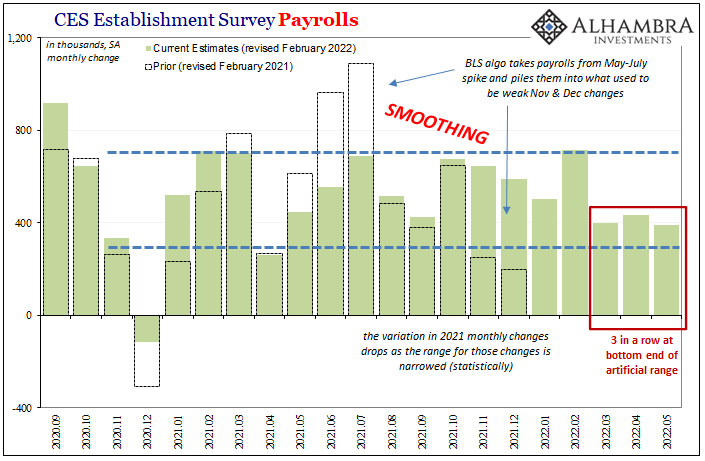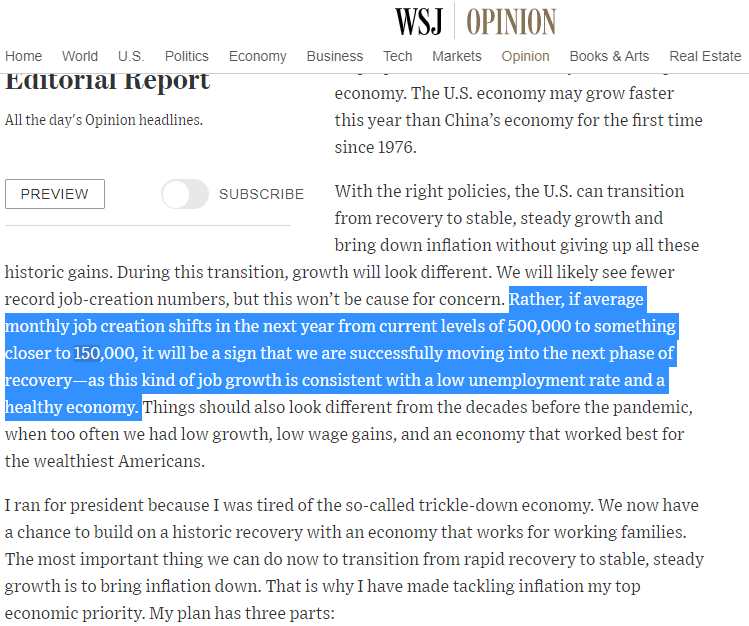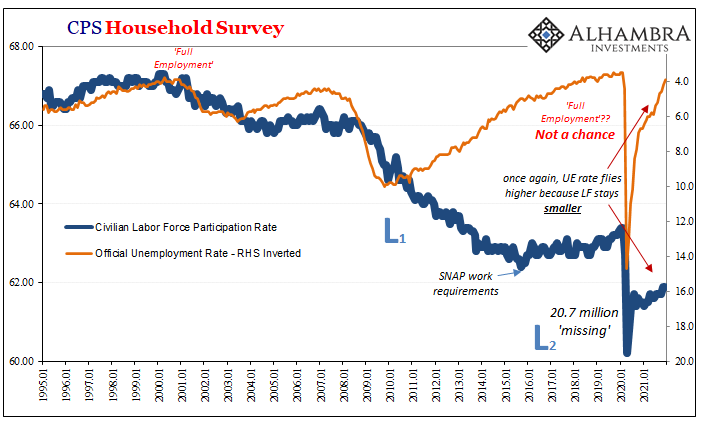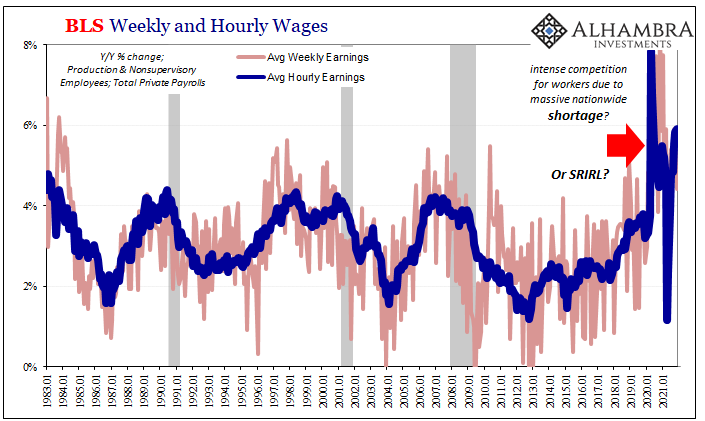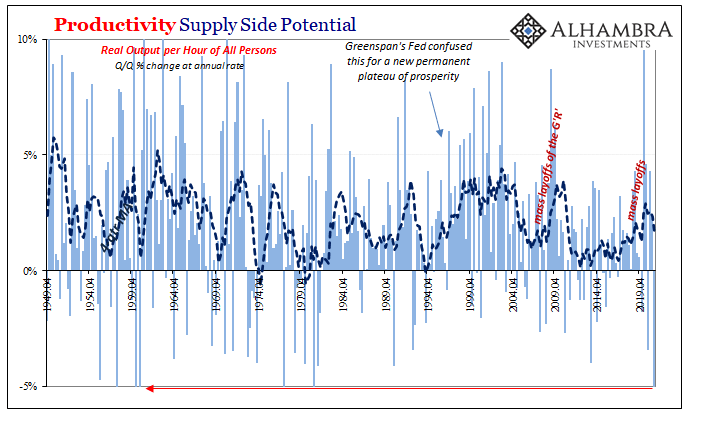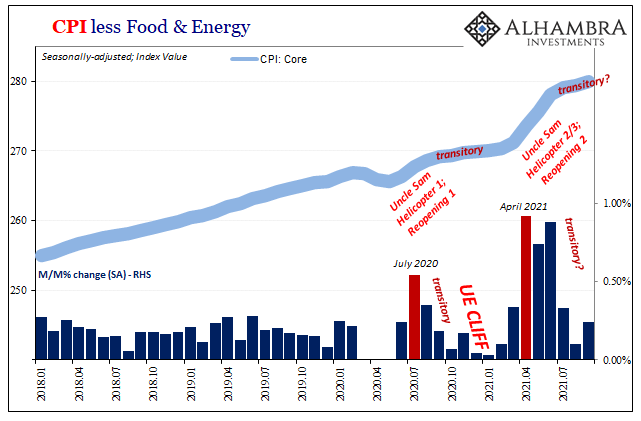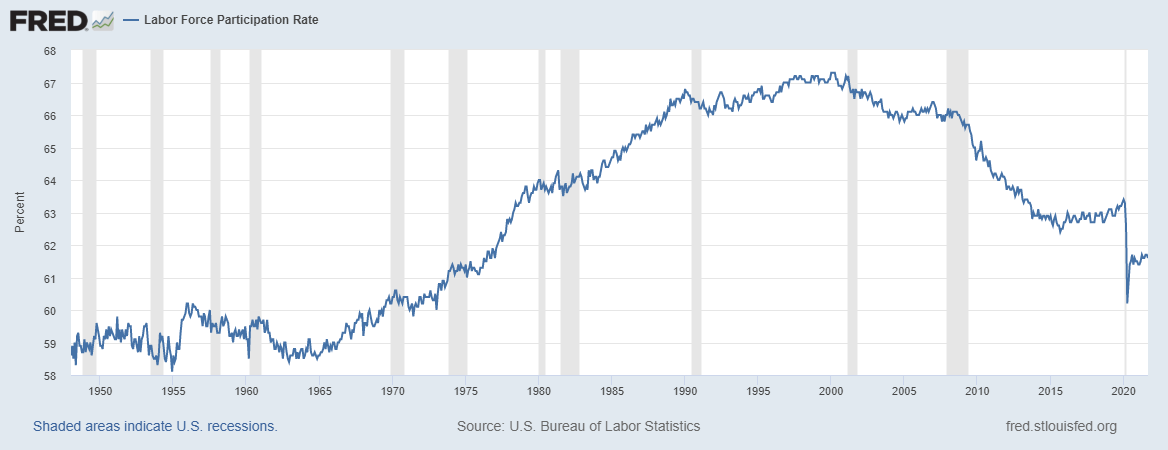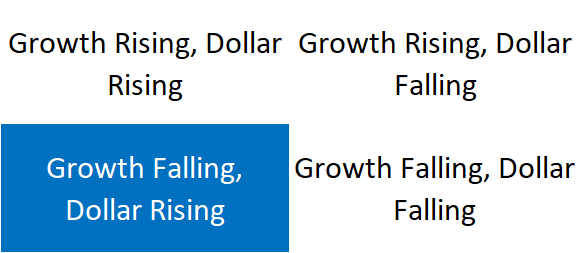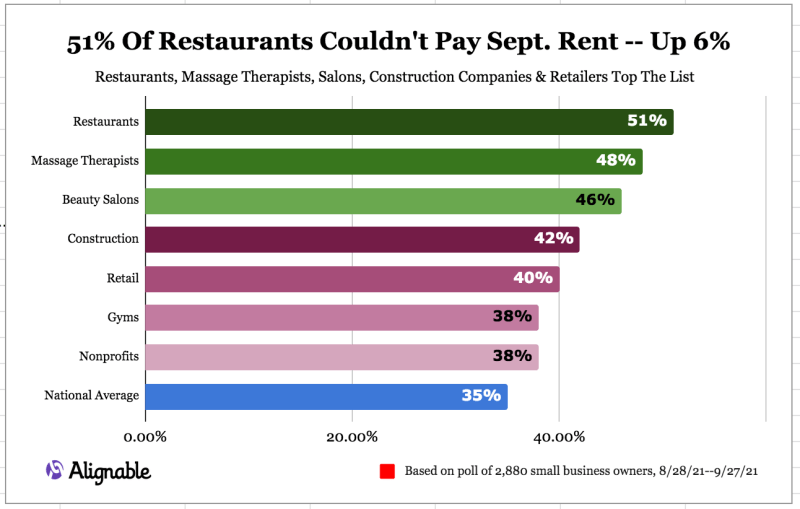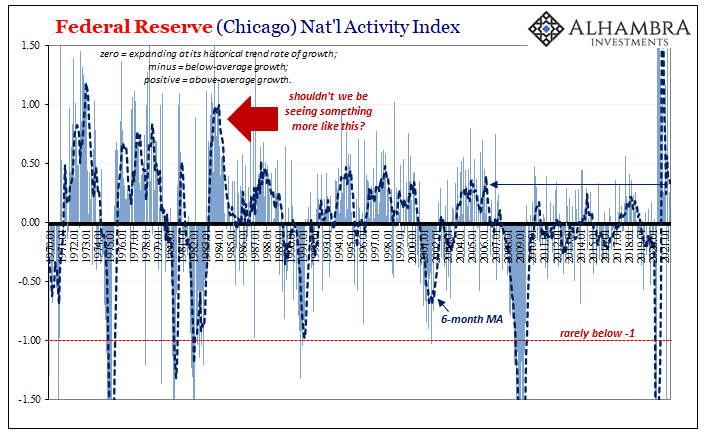Summary:
The oft repeated generalization about the dominance of low paying jobs is not true for the last few years.
This does note refute the disparity of wealth and income in the US.
There is a restructuring taking place that favors educated and skilled workers.
Great Graphic: What Kind of Jobs is the US CreatingThe pessimists have claimed that the US is generating low paying jobs. Nearly every monthly jobs report is followed by what seems to be a canned retort. The media picks up on the story and continues to regenerate it. Earlier in the recovery the argument made sense. It makes less sense now. US jobs growth in two periods. From 2010-2013, the US created more jobs with low pay that high wage jobs or middle wage jobs. However, that changed in the 2013-2015 period. Middle paying jobs grew sharply. Taking the 2010-2015 period as a whole, employment growth was nearly equally distributed. Low wage jobs accounted for 35% of the 10.8 mln jobs created. High wage jobs accounted for a full third of the jobs growth. Middle wage jobs accounts for 32% of the new jobs. This is not to deny the significance of the disparity of income or wealth in the US. The point is to understand what is happening. The disparity may be a function of educational achievement. Consider that the unemployment rate for people 25-year or older with a Bachelor’s degree is 3.0%, after falling to 2.3%, this past April. It peaked in July 2010 at 5.3%. This suggests a structural shift is taking place, with lower skilled and/or less educated people being replaced by technology and foreign workers. It appears that when a US company builds production facilities offshore, unskilled or low skilled workers compete directly with unskilled and low skilled Americans. However, hiring foreign skilled workers compliments rather than competes with skilled American workers. |
Job Gains in the United States(see more posts on U.S. Nonfarm Payrolls, ) |
Full story here Are you the author? Previous post See more for Next post
Tags: Great Graphic,Labor Market,newslettersent,U.S. Nonfarm Payrolls























